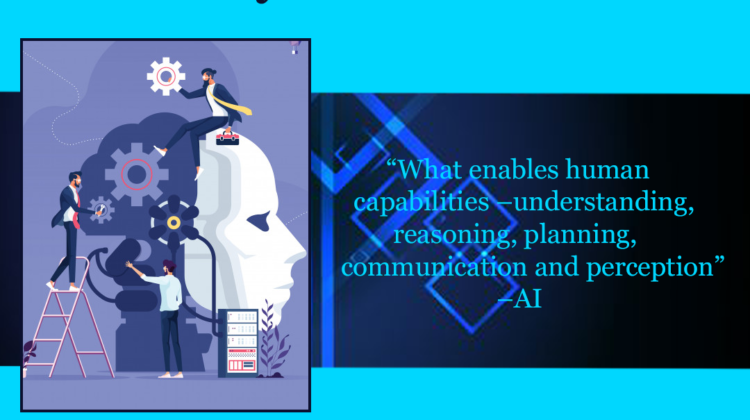
If you are thinking about what Artificial Intelligence is and how can you start with it? Then this blog is for you.
Artificial intelligence (AI) is a wide-ranging branch of computer science concerned with building smart machines capable of performing tasks that typically require human intelligence. In general terms, we can say that AI refers to computational tools that can substitute for human intelligence in the performance of certain tasks.
Artificial intelligence generally falls under two broad categories:
- Narrow AI: Sometimes referred to as “Weak AI,” this kind of artificial intelligence operates within a limited context and is a simulation of human intelligence. Narrow AI is often focused on performing a single task extremely well and while these machines may seem intelligent, they are operating under far more constraints and limitations than even the most basic human intelligence.
- Artificial General Intelligence (AGI): AGI, sometimes referred to as “Strong AI,” is the kind of artificial intelligence we see in the movies, like the robots. AGI is a machine with general intelligence and, much like a human being, it can apply that intelligence to solve any problem.
Since you have opened this blog, I’m quite sure you might be interested in AI. To start with AI, you need to learn Machine learning(ML). ML technology is something that you are using today like Amazon’s Alexa or Apple Siri, it has so many diverse applications that could enhance not only your life but also had the potential to create some revolutionary and life-changing technologies.
Here is your Startup Kit.
Step1: learn Python programming
Python has a standard library in development and a few for AI. It has an intuitive syntax, basic control flow, and data structures. It also supports interpretive run-time, without standard compiler languages. This makes Python especially useful for prototyping algorithms for AI.
Step2: Learn Linear Algebra and statistics.
ML is a subset of AI techniques that use statistical methods to enable machines to improve with experience.
Step3: Learn core ML Algorithms
Machine-learning uses programmed algorithms that receive and analyze input data to predict output values within an acceptable range.
Link: https://developers.google.com/machine-learning/crash-course
After you have completed machine learning then you can jump to AI
Step4: Learn with Google AI
Here you’ll find useful information, exercises, and content to help you enhance your skills to become suitable for working in AI. Through a combination of guides and courses, Learn with Google AI enables you to learn the essential skills employers need remotely.
Link: https://ai.google/
Opportunities in AI
The global pandemic has had a varying impact on different tech sectors, but for Artificial Intelligence, the demand for more experts and professionals in the industry is expected to boom. In fact, according to recent research, the AI jobs market is expected to see a growth of up to 16% in the next year. As the job market widens, so does the opportunity for women in AI.
AI is not only transforming the way we live and communicate, but it’s changing the way almost every industry around the world operates. However, it has been well documented that AI suffers from a gender bias problem, and the products and services being created are displaying inherently gender bias properties. It’s for this reason that there’s so much opportunity and a necessity for women to work in AI because to solve the gender bias problem current AI products are displaying, the teams of people creating them need to be reflective of the truth that humankind is characterized by diversity.
